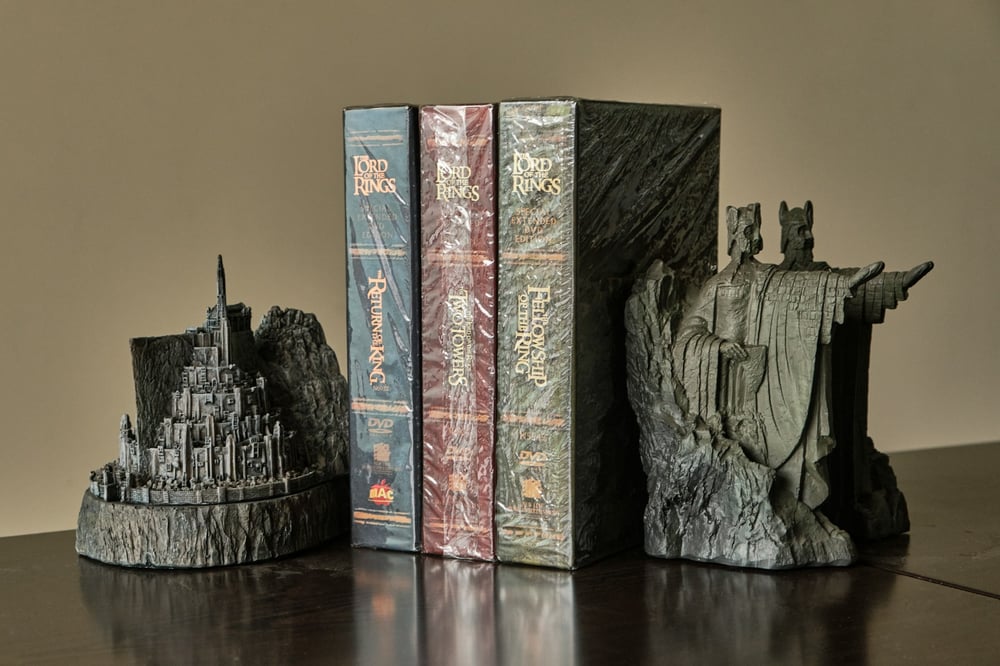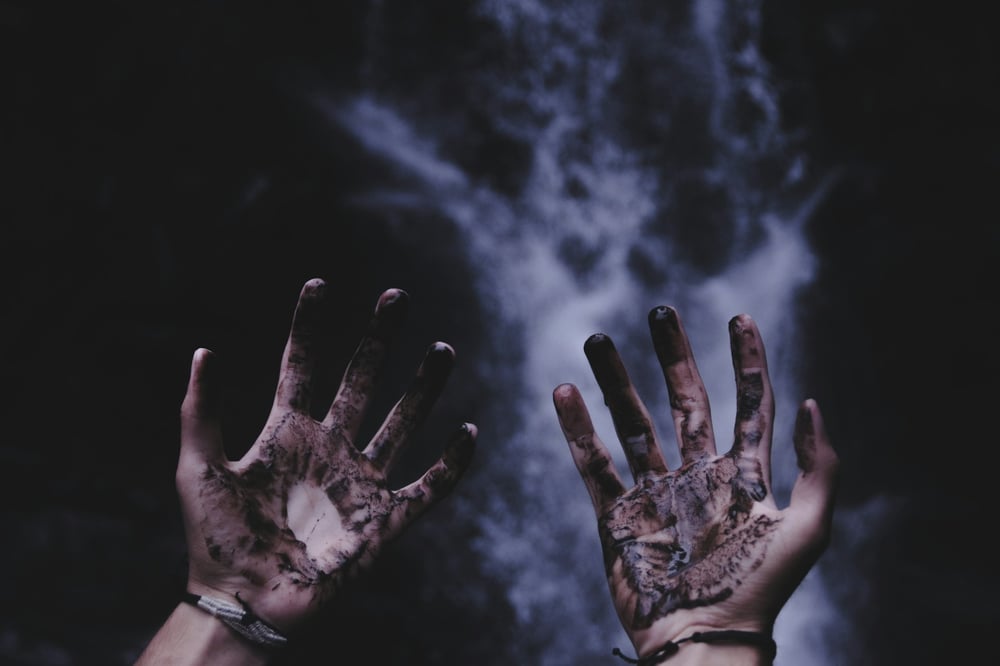The Lover Archetype - Everything You Need To Know

This is the fourth article in our fifteen-part masterclass on archetypes. Learn more about archetypes in our first article.
Welcome back to our masterclass series on archetypes. Today we visit my personal favorite—the Lover. Don’t let the name fool you. While the Lovers Archetype can, of course, refer to romantic love, Lovers can also embrace other kinds of love, such as the love they hold for friends, family, their gods, or simply the world around them. It’s more about an essence rather than the need to actually fall in love. Though that’s okay if they do.
In this article, we’ll talk about the Lover Archetype, how it serves your story, what the typical characteristics of the Lover are, and give you some examples of where they exist in popular culture.
If you want to learn more about the other archetypes, visit our comprehensive list here.
What Is the Lover Archetype
Simply put, the Lover seeks passion regardless of where that focus lies. They’re the character that brings emotion and feeling to your stories. They’re all about creating relationships and evoking devotion in the audience. They strive to make other people feel loved and secure and take pleasure in meeting the needs of others.
Lovers often have a zest for life and revel in the very notion of being human and alive. They follow their bliss and want everyone else to do the same. (I think we could all use a little of what they’re drinking.)

What Does The Lover Archetype Do?
The Lover can play several roles in your story, and here you’ll see how they aren’t necessarily romantic roles.
The Lover
This is your faithful and passionate character who is all about emotional and physical intimacy. They value togetherness and collaboration. They’re an idealist and believe in the power of love. Their quest for connection drives them. Their biggest fear is being alone and unloved. Think of Baby from Dirty Dancing or Charlotte from Sex and the City who both just wanted to be loved.
The Romantic
This is your emoji-heart-eyes optimist. They love people and want to be sociable and in touch with everyone around them. They are intensely emotional and seek connections that complete the person they are. They’re also liable to look the other way when challenges arise because that’s what rose-colored glasses tend to do.
Jack and Rose from The Titanic would fall under this category, falling in love, and casting off the conventions of society despite their disparate backgrounds.
The Friend
Ah, the loveable sidekick. What’s a story without one? This person can act as your hero’s shoulder to lean on, their sounding board, and sometimes as their moral conscience. They’re patient and giving and respect your hero while still questioning their questionable decisions.
You might recognize this archetype in the relationship between Chewy and Hans Solo, Donkey and Shrek, or Timon and Pumbaa and Simba from The Lion King.
The Sensualist
This is the hedonistic character in your story. They live for pleasure and seek out the indulgent things in life. They’re the life of the party. The one everyone wants to be with. The instigator of mayhem, which can sometimes be their downfall. Too much of a good thing and all that.
The Hedonist might also find themselves a little too absorbed in their pleasure and forget the needs of others. We’ve all been there… I think. Don Quixote, Robert Baratheon from Game of Thrones, or John Willoughby from Sense and Sensibility all fall under this type
The Matchmaker
Some people can bring the forces of the universe together to create magic. Enter the Matchmaker. Yes, they might act in the literal sense when they pair a destined lover up with their mate. But a Matchmaker can go beyond that by pairing your hero with a friend who helps fulfill their destiny or even a quest that ultimately serves your hero and their dreams. They recognize patterns of fate.
The Matchmaker needs to be careful they don’t succumb to their own personal agenda, though. Gandalf is an example of this type of Lover, when he brings the Fellowship together, all of whom end up playing a critical role in the quest to save Middle Earth.

What Are Typical Lover Archetype Characteristics?
We’ve discussed some of the characteristics of the Lover already, but here are a few more things that define lovers. They:
- Value beauty and luxury in the world around them
- Want to seem attractive to others (physically, mentally, or emotionally)
- Enjoy good food, drink and other pleasures (especially the Sensualist)
- Are drawn to enticing smells, decadent tastes, and aesthetically pleasing things
- Can handle intense emotions and feelings
- Have a sense of wonder and enthusiasm for the world around them
- Are dreamers with active imaginations
- Enjoy trying new experiences and are always trying to ‘live their best life’
- Sometimes tie their self-esteem into the quality of their relationships
- Fear loneliness or not being loved
- Make decisions based on their emotions
The negative traits of Lovers can manifest themselves as shallowness, obsessiveness, or being overly dramatic. If they lose themselves in the pursuit of attraction and beauty, sometimes they can become too single-minded in their focus. They can often end up sacrificing themselves for the object of their desire.

Examples Of Lover Archetypes In Popular Culture
You’ve seen countless examples of The Lover in books and movies. Here are a few you’ve probably heard of.
Edward Cullen
The famous heart-throb vampire of the Twilight series, is the perfect example of the Lover. He’s been alone for over a hundred years and just wants to find someone to love. Enter Bella Swan with her human blood and her clumsy ways and Edward is a goner.
This is a good example of where some might argue the Lover caved into his darker side when his interest in Bella becomes a wee bit obsessive. (Not me though. I loved it all. Team Edward forevah.)
Princess Anna
Elsa’s beloved sister from Frozen is also an example of the Lover archetype. She not only wants to find love, she wants human connection. After living her entire life locked away inside Arendell’s castle, she can’t wait to go out and see the world. Her love for her sister is intrinsic to who she is, and she’d do anything to protect her. Anna does just that when she sets out to save Elsa from herself and in the end offers her life as a sacrifice for her sister.
Thankfully, Disney movies have happy endings and her sacrifice is rewarded. Cue happy tears. (Seriously, I’ve seen it a hundred times and I still cry every time.)
Samwise Gamgee
Everyone’s favorite loveable hobbit from the Lord of the Rings is another example of the Lover. As the sidekick, he is Frodo’s indomitable companion who never falters. He’s cheerful and kind and patient and would do anything for his best friend. As the two travel to Mordor, Sam never falters in his devotion or love for Frodo.
At the end, when all seems but lost, it's Sam’s strength that ultimately sees Frodo through to a happy ending.
Using archetypes can help establish your characters in meaningful ways that your audience will naturally respond to. Since these traits are so familiar across all forms of media, you won’t have to spend time trying to establish your character’s baseline personality. Your readers will already understand who they are. All there is for you to do is put your own unique spin on your paper children.
Make use of the Dabble notes function to track your characters, the archetype they embody and, of course, any traits, quirks, or characteristics you dream up. Using this method can help you build characters with depth that your readers will respond to and root for.
Click here to try a 14-day free trial of Dabble Premium, no credit card required, and build your bestseller today.









